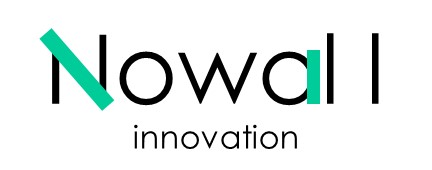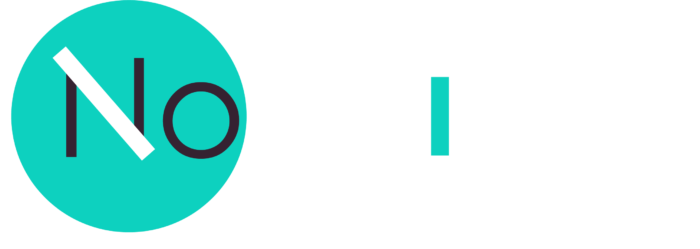Translated from the article originally published in Forbes France on 08/21/2017
Many experts compete for the podium of the best qualities to develop in order to innovate better. In a pocket handkerchief you will find for example, innocence and boldness, the ability to detect opportunities and needs and to respond to them the best you can.
Thinking about it, a single quality seems to be the foundation of innovation and many other social or societal developments. And yet, you will see, it is not the most shared quality! Yes, we are talking about empathy.
If we generally consider that innocence and naivety are associated with childhood, boldness to a rather masculine quality, empathy could be its counterpart: a fairly feminine quality. Empathy brings a conciliatory and constructive balance by inviting you to understand and embrace a multitude of points of view, feelings, analyzes wherever they come from, and to make them our own. This goes beyond mere observation or sympathy, the final aim is to reach some symbiosis.
If the new look of the naive makes it possible to detect a need and the boldness to build up a response, empathy will make it possible to adapt the solution to the target user as well as possible. Empathy is the basis of the understanding of the uses, of the users… In short it is the basis of design thinking. But empathy goes beyond an analysis that considers users as a test subjects, it allows us to put ourselves in their shoes, taking up their complexity and humanity. We have to recognize in them another “I”.
Yet in our modern societies, empathy is hardly asserted as a quality to be developed. It is often seen as a hindrance, an unmanageable emotional heaviness. It is a rare quality and very often misunderstood, seen as an exacerbated sensitivity, let us even say sentimentality. Indeed, empathy integrates more than a helping – aided or client – supplier relationship. Empathy aims to merge attentions and intentions. Ideally it should be a reciprocity relationship. The innovator must be empathetic and blend into the experiences of the users he targets, but the client should also progressively show a form of empathy towards the innovator in order to help him be more effective in his approach. Thus the user must also understand and accept a form of reward for the innovator. So much for the ideal.
Today we observe a patent defect of this quality in our society. Indeed, empathy confronts us with malaise, dilemmas, indignation. To be convinced, you just have to observe certain behaviors, or decisions of governments and companies, which always rely ultimately on individuals, related to issues like immigration, migration, impoverishment, exclusion, aging, illness, disability … And what if we overcome sensationalism and uncomfortable emotions to transform them into constructive acts, as naive and daring fellows would undertake them?
Imagine the world we could build. Imagine the sustainable innovations that could come out of it. Imagine the harmony that could gradually emerge. Imagine the fractures that could be gradually filled.
Is this not the challenge of the next major innovations? Tomorrow’s innovation should have this ambition to build a better world for all. Empathy is perhaps the key quality to promote, value, teach in school. Especially when we consider that this quality should be one of those that will differentiate us from artificial intelligences!





